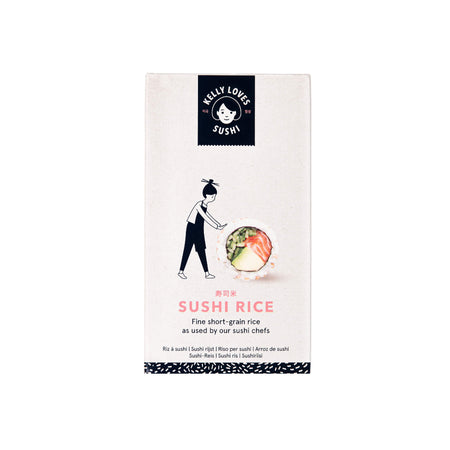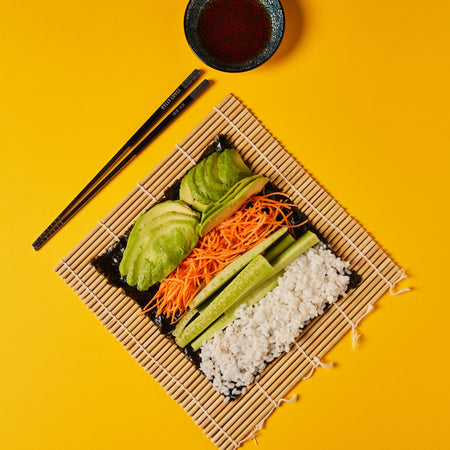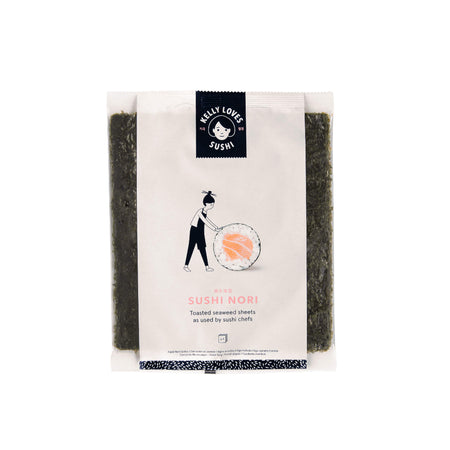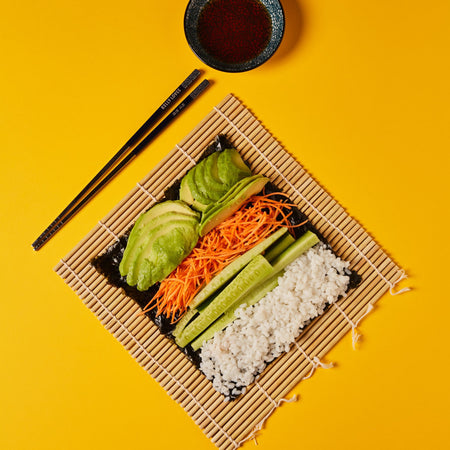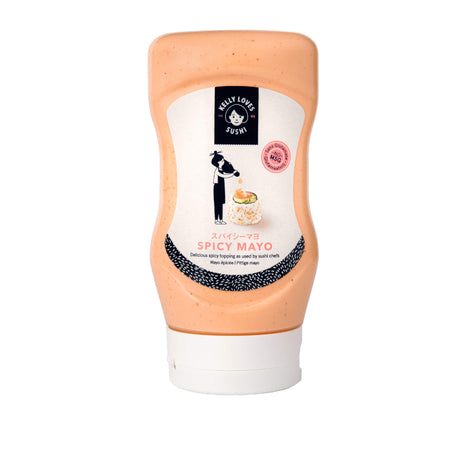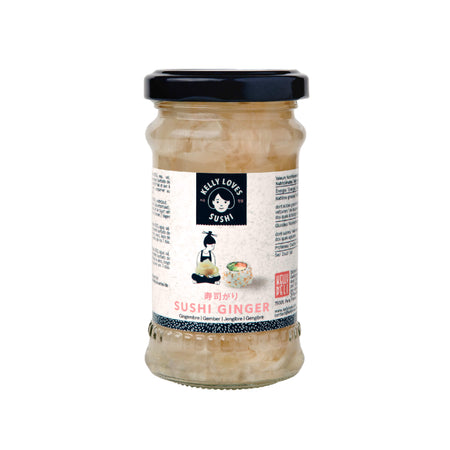Oyster Sauce vs. Soy Sauce: What's The Difference?
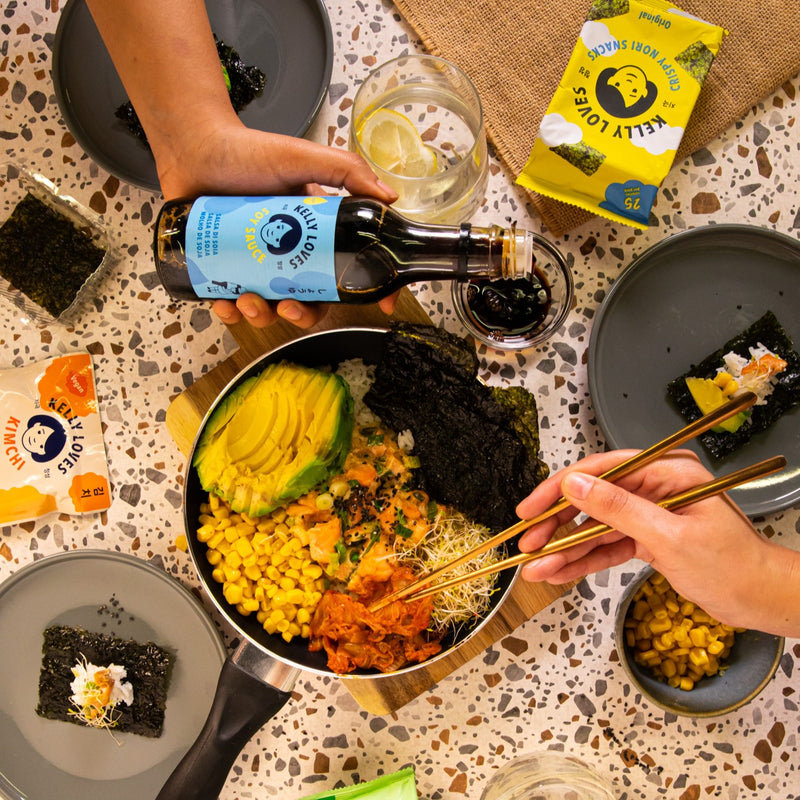
Side by side on the supermarket shelf, soy sauce and oyster sauce look very much alike: rich, dark liquids in curved glass bottles. In fact, some of the bottles look so similar, you’ll have to look carefully before adding one to your basket. So if they look alike, can you use oyster sauce as a soy sauce alternative? Both are all-purpose sauces and you only need a dash of them. And they both certainly add that extra oomph to your cooking — but they are very different sauces. Let us explain.
What is oyster sauce?
Firstly, the answer to the question many want to know: is oyster sauce really made from oysters? Yes, it is. Oysters are the main ingredient. But the sauce doesn’t actually taste like oysters (oysters are delicious, but the thought of liquidised oyster flavour — not so much). The taste of oyster sauce isn’t actually fishy at all, but it is unique: earthy, salty and a little sweet. The sauce is made by reducing caramelised oyster juices, but some oyster sauces have added cornstarch and even soy sauce in the ingredients list.
We can be thankful that many famous foods have been invented by accident (crisps, yoghurt, choc chip cookies…) and oyster sauce is part of that fortunate club — it was invented by accident in China in 1888. An oyster chef, Lee Kum Sheung, left a pan of oyster soup to simmer on the stove for too long. When he returned to the stove, there was a thick brown, gloopy caramelised sauce at the bottom where the soup had reduced. Waste not, want not, he used it up as a delicious condiment and called it oyster sauce.
Oyster sauce is used in Chinese recipes to add saltiness, umami and a darker colour. It’s splashed into chow mein and stir-fries. And as well as Chinese dishes, it’s also used in Thai and Vietnamese cuisine.
What is soy sauce?
Soy sauce is a liquid condiment that was invented in China. It’s made from four key ingredients: fermented wheat, soybeans, salt, and water. Soy sauce can be used for so many things: seasoning, colouring, dipping, marinating and more — check out our blog post on how to use soy sauce in cooking for some inspiration. There are also different types of soy sauce and soy sauces from different countries, such as Japan and Korea. Although soy sauce varies in flavour and consistency depending on the production process and origin, the main flavours are umami and salty (and sour or sweet notes can also be included, subject to the type). The different types of soy sauce can also serve different purposes. A classic soy sauce is a good all-rounder. Sweet soy sauce has a thick, sticky consistency and sweet flavour, so it’s especially good for stir-fries, Korean sweet and tangy dipping sauces, and tamagoyaki, a kind of Japanese omelette.
What is the difference between oyster sauce and soy sauce?
Consistency
Soy sauce and oyster sauce have different consistencies. Soy sauces are of a thinner consistency, whereas oyster sauce is thick due to added starch. The thickness of oyster sauce helps to create the syrupy sauce for chow mein. And oyster sauce's velvety texture can give a glossy appearance to stir-fried veg. However seasoning meat and marinating calls for a thinner consistency, like soy sauce.
Flavour
Soy sauce is savoury and salty, whereas oyster sauce is an earthy, salty-sweet mix. Both the flavours of soy sauce and oyster sauce can overwhelm the dish if you use too much, so you need to use them both sparingly. Used carefully, their flavours will enhance the flavour of the foods you’re adding them to.
Suitability for vegetarians
Oyster sauce isn’t suitable for vegetarians or vegans (only pescatarians) as the sauce is made from oyster juice. Some vegetarian ‘oyster sauces’ exist and they are made by using shiitake mushrooms to replace the oysters as the mushrooms have a similar umami flavour.
Soy sauce is suitable for vegans as the authentic, traditional ingredients are simply: wheat, soybeans and water. However, you have to read the label on the bottle carefully, because some less reputable soy sauces use flavour enhancers derived from meat or fish.
Main uses for the sauce
For dishes where you don’t want colour to be added, light soy sauce is preferable. Korean soy sauce joseon ganjang is used for soups as it won’t darken a clear soup, but it’s full of flavour. On the other hand, dark oyster sauce can provide a rich glossy colour to dishes like stir-fried broccoli.
Tamari soy sauce is perfect for those who are looking for a gluten-free option and can be used as a dipping sauce (but always double-check the ingredients on the label). And oyster sauce is used to thicken sauces as well helping to bring out the savoury flavour of foods.
Can oyster sauce be used as a replacement for soy sauce?
You can use oyster sauce as a replacement for light soy sauce (especially since many oyster sauce producers use soy sauce as an ingredient in their oyster sauce!). But due to the oyster sauce being thicker in consistency, you may need to thin the oyster sauce using water (but this will also dilute the flavour). Light soy sauce can be used as a replacement for oyster sauce, but the thinner consistency means that it won’t stick to foods like oyster sauce would. Oyster sauce is less of a substitute for dark soy sauce as it won’t add quite as dark a colour and the flavour isn’t as similar.
It’s no secret that we love soy sauce at Kelly Loves! Although a bottle of oyster sauce is best for some Chinese dishes, if you have some Kelly Loves soy sauce in stock it’ll act as an emergency substitute for oyster sauce if needed. Plus, no oysters were harmed in the making of our soy sauce!
